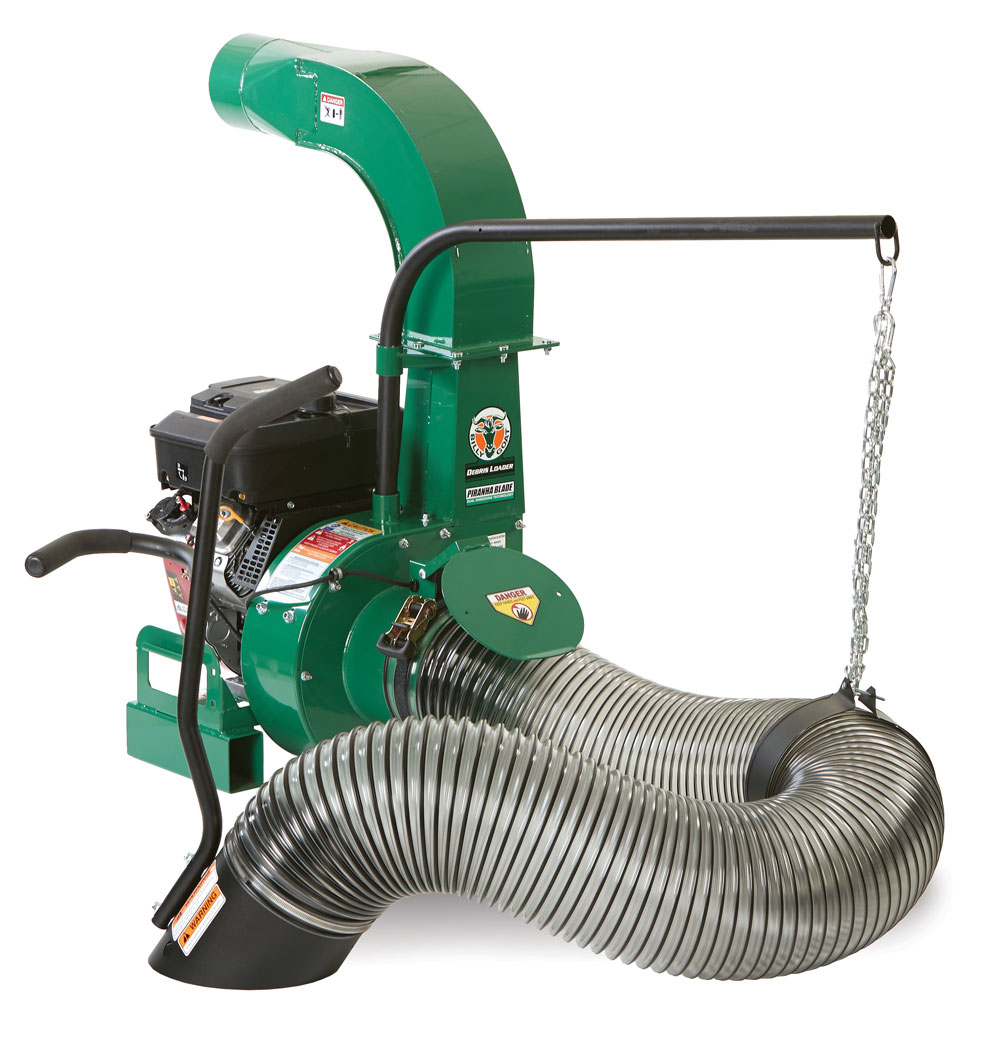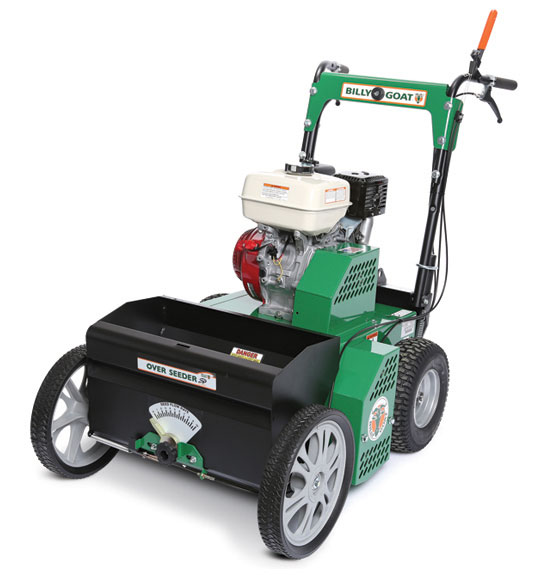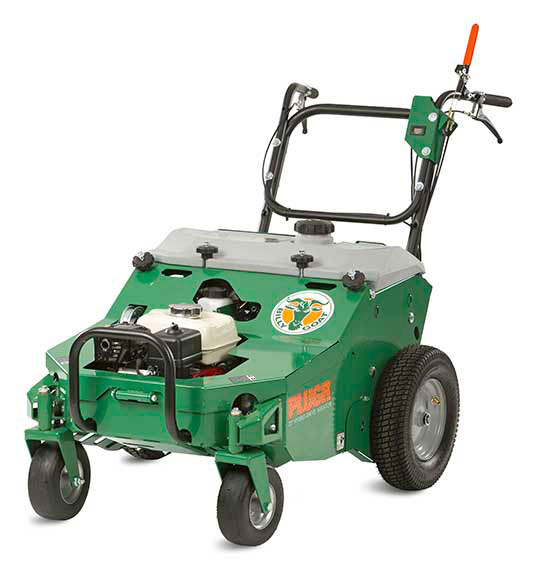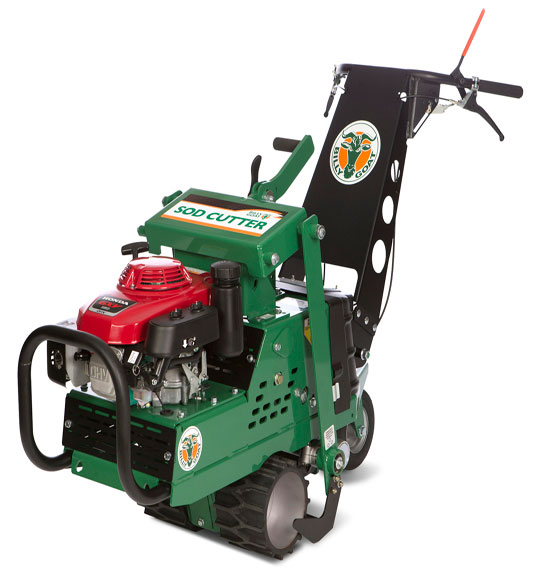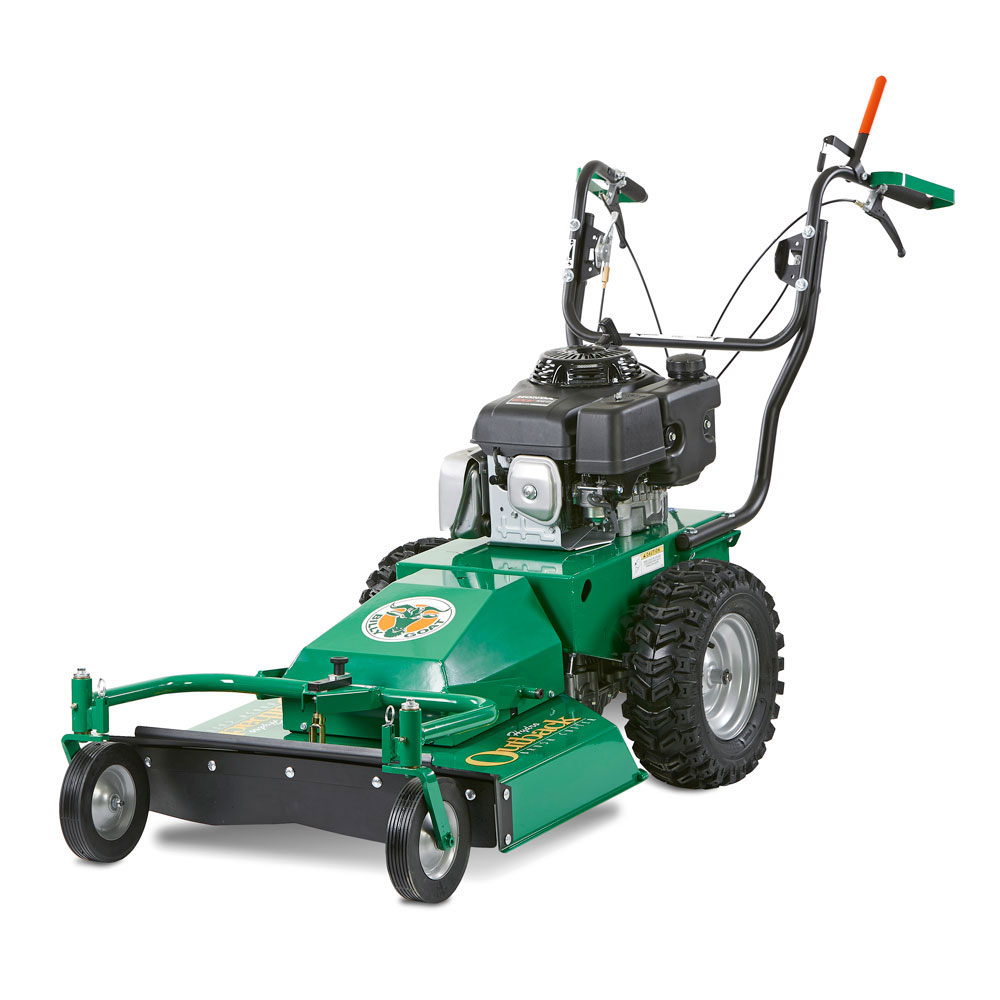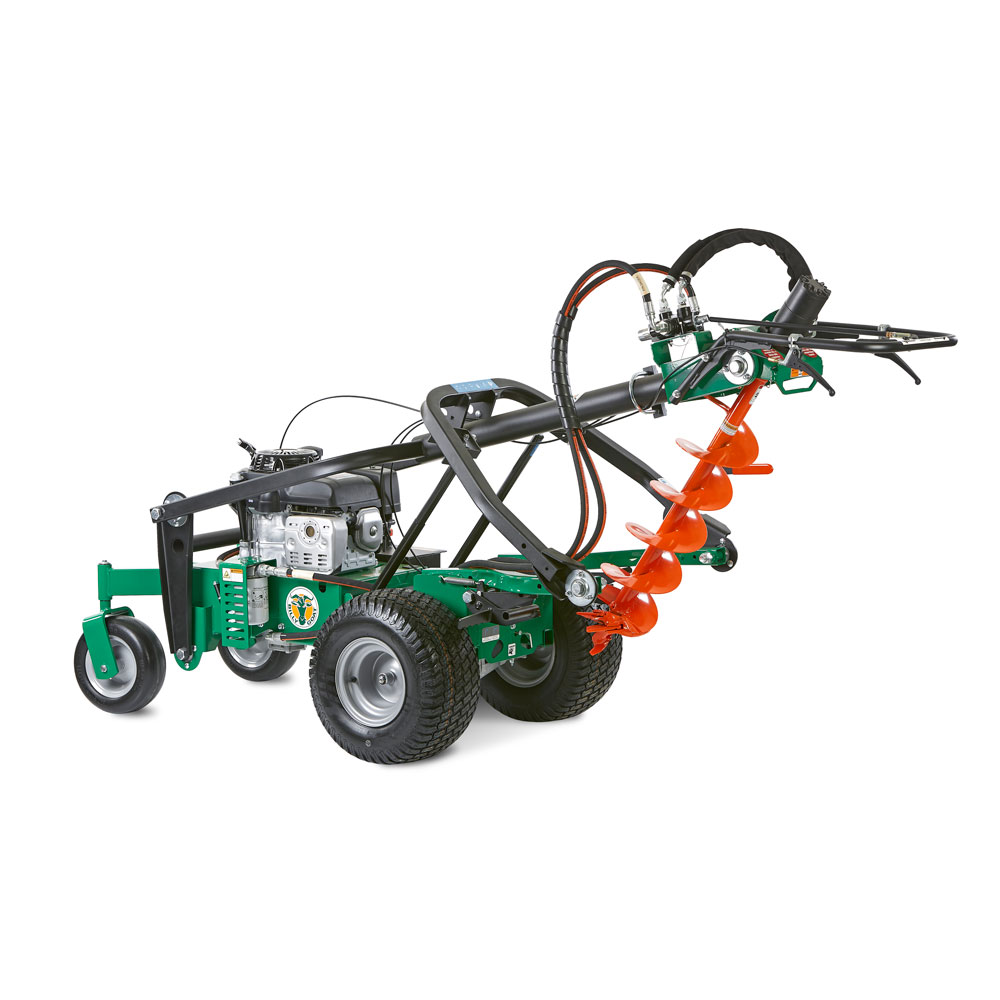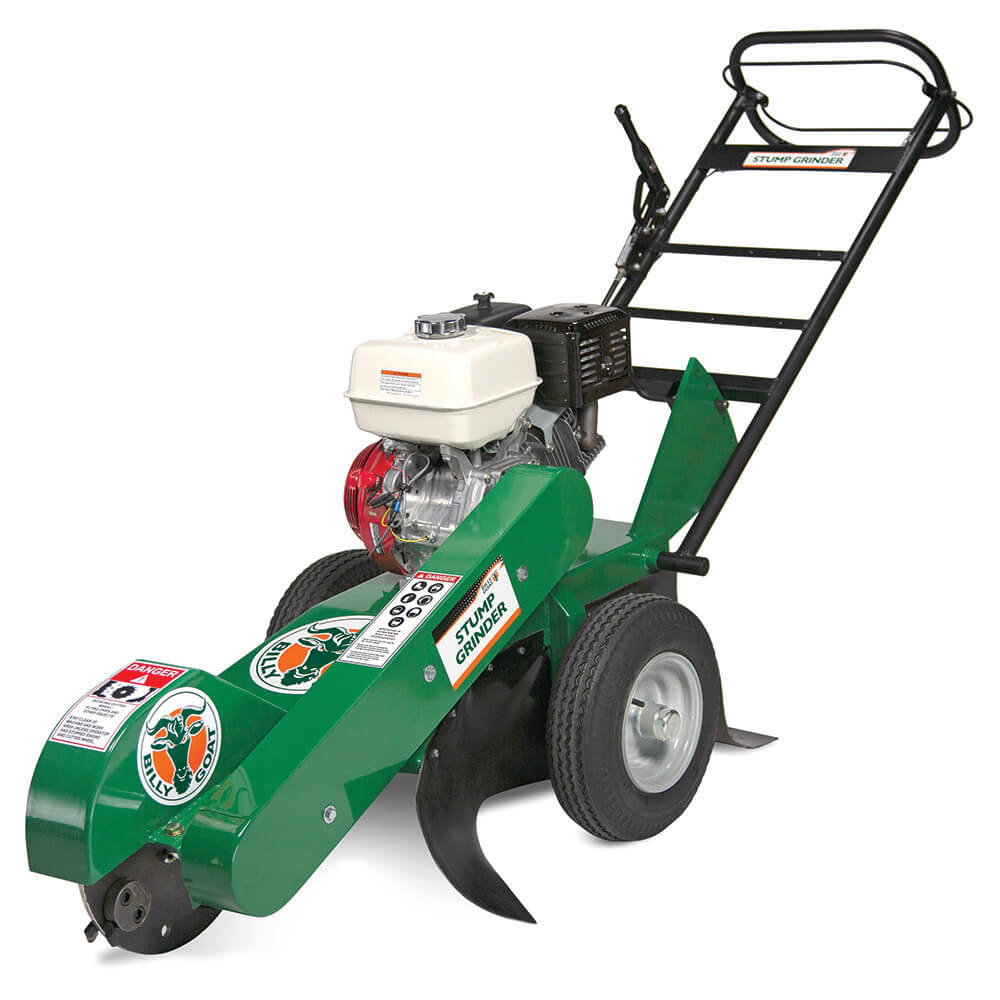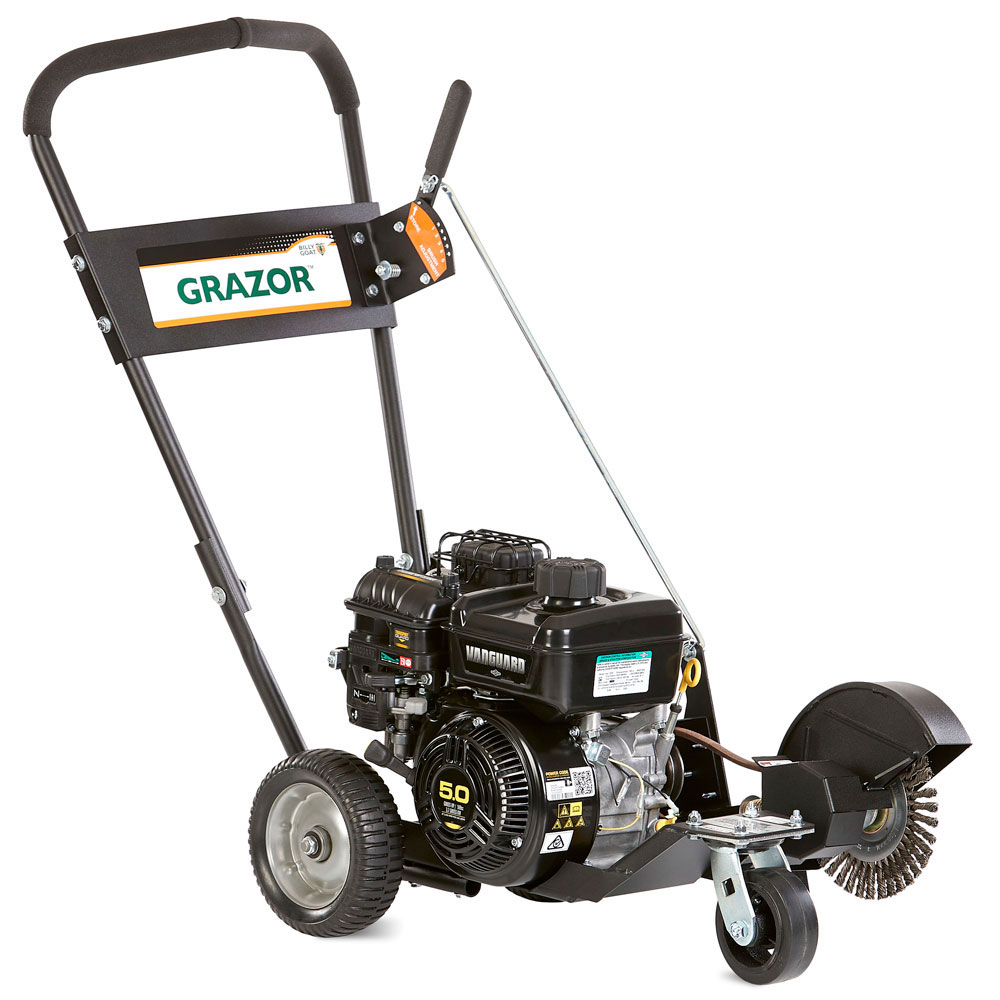Aerator Technology: Changing the Way Landscapers Determine the Best Machine for the Most Productivity
.jpg)
The essential element to proper maintenance and growth of your lawn and turf is healthy soil. One of the most effective ways to promote this is to conduct scheduled core aeration.
While much depends on the type of grass, soil and the utility of the space, there are a number of core aeration options available. To determine which aerator is best suited for the task, professionals need to assess their needs based on the types of lawns being serviced, e.g. residential versus commercial, the cost of the equipment weighed against the cost of the service, and how many lawns will be serviced and how often.
There are two primary types of aerators: drum and cam, or piston, units. The main difference is how their tines are driven as well as hole spacing. Drum-type aerators have a tine wheel that rotates and rely on weight for tine penetration and offer a fixed hole pattern. Cam units are driven by a camshaft that reciprocates and drives the tines up and down into the soil. Cam designs can produce denser hole patterns if the speed slows. And cam designs have less tines than drums.
Drum Aerators – The traditional technology
Drum aerators can be mechanically driven or towable and have a fixed-hole pattern typically of 4-6 holes per square foot. Walk-behind drum aerators are operated in a fixed pattern, back and forth on the lawn and cannot be easily turned in the ground. They require the operator to disengage the tines from the turf with the handle to prevent damaging the turf.
However, rather than lifting the handles, which can be difficult and time consuming with some designs, operators tend to lift and spin the unit for each turn. Most units even require added weight bars in dry conditions to help improve the outcome. Since these units rely on weight to drive the tines, they require more physical exertion when lifted. Users must lift up on the handles to get the tines off the ground, turn the unit and put it down. If not done properly, this method can result in the topsoil being disrupted.
Some units feature freestanding outside wheels to help facilitate turns, but they’re still somewhat difficult to maneuver. Wider spilt-drive systems yield better results that can improve in-ground turning further, but at additional cost.
For larger properties, a towable drum unit can cover more ground, and some models feature wings that can flip up to achieve variable widths. One such unit is the Billy Goat AET60. To increase maneuverability, the AET60 also features swiveling tine assemblies, and when used with 3-point hitch, allows the unit to turn easily.
For either type of drum unit – walk-behind or towable – one variable will dictate the depth, quality and consistency of the core: the amount of moisture in the soil. Dry, compacted soil is difficult to penetrate to the necessary depth with a drum unit, making access to the root system, reducing thatch and opening up the soil for additional nutrients, or preparing a seedbed for overseeding somewhat challenging. Drums are the traditional technology of the industry and are cost effective. They handle rolling terrain well but can be challenging with regard to operator ergonomics as well as hole quality in dry conditions.
Cam/Reciprocating Aerators – New technology
Cam-driven reciprocating aerators offer a number of benefits to traditional technology, but must be weighed against certain challenges. For example, non-hydro drive units may operate at slower speeds than drum units and are better suited for level lots, however, the ability for the cam to drive additional hole quantity and quality cores even in drier soil, since it does not rely on weight, is one of their advantages. For contractors, this often means less waiting on optimal soil conditions to aerate, less call backs, and a better quality of job. Newer hydro-drive systems have also improved speed and the ability to aerate hills, and in some cases also offer aeration in reverse.
In addition, reciprocating aerators are easier to maneuver and have significantly less tines than traditional units but produce more holes. These units offer in-ground turning that reduces operator fatigue and the fewer tines mean less tine maintenance.
One recent development is variable aeration density (VAD) capability. Billy Goat recently introduced this into their new AE1300H cam-driven model. This aerator produces 2-10 times more holes than drum models in a single pass (8-48 holes per sq. ft.) and offers the ability to do patch repair and seed bed prep in one pass by simply slowing down over bare spots. This eliminates double or triple aerating with traditional fixed pattern aerators that have hole patterns as low as 4 per sq. ft.
Jon Cundiff of Weedman in Lee’s Summit, MO, was part of the test and development team for the the AE1300H aerator. He says, “Before Billy Goat even started we told them this future unit had to be faster, low service, include in-the ground steering, be able to do patch and repair work in one pass, and be user friendly.”
“Our crews tested the prototype hard for an entire aeration season. After a couple hundred aerations, we found this machine exceeded our commercial design expectations, gave us the increase in productivity we were looking for, and the crew loved it.”
One trend that Cundiff noted was the increase in ride-on drum units but, only for larger properties. A 1/4 to 1-1/2 acre property is too small to see a benefit for the much larger cost of a dedicated ride-on unit. One way to achieve the increased productivity without the high price tag is the option to add a chariot or sulky when doing larger properties.
Whichever aerator is best-suited for professionals, they should visit their local outdoor power equipment dealer to explore all of the traditional and newer technology options available.
-Pierre Pereira, Billy Goat
Pierre Pereira is Director of Sales at Billy Goat. He came to the company in August of 2007. Pierre's background in lawn and garden power equipment not only encompasses deep understanding and knowledge of customer needs across multiple markets, but also includes his own experience as a Landscaper in his earlier days, earning his way through college.


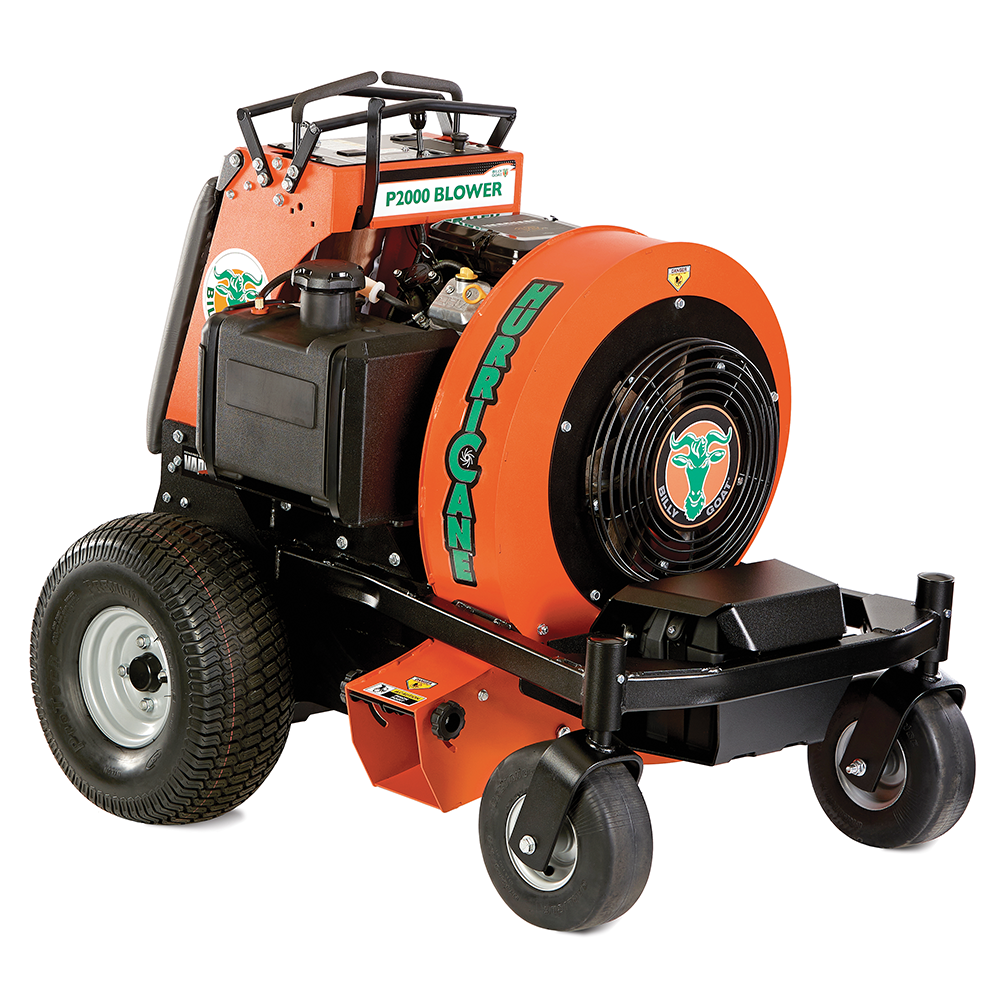
.jpg)
